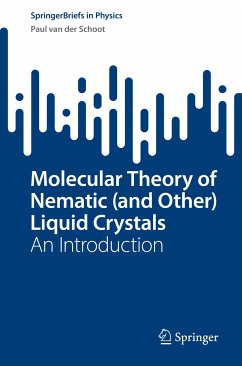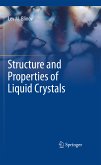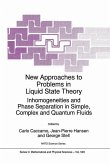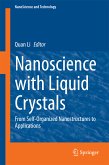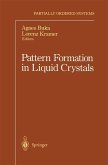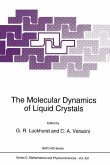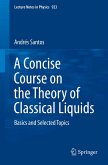This book provides a didactic derivation of the main theories of thermotropic and lyotropic liquid crystals, revealing the common molecular-theoretic framework that underpins both theories. This unified context will help young researchers in coming to grips with the basics of the simplest of liquid crystals, being uniaxial nematic liquid crystals, easing them into the intricacies of more complex forms of such materials irrespective of whether they are thermotropic or lyotropic. The coverage provides a theoretical understanding of the phase behaviour, that is, what drives molecules and particles to spontaneously align themselves, as well as an appreciation of the role of entropy, energy and so on. The focus here is on the main theories for the isotropic-nematic transition, being the Maier-Saupe and the Onsager theories, and how they are derived from a common description, known as (classical) density functional theory (DFT). This book will be a valuable resource for senior undergraduate and graduate students, and experimentalists and engineers who feel intimidated by more formal or rigorous theoretical accounts and textbooks. Exercises at the end of each chapter help the reader to apply the basic concepts also to other types of liquid crystal, in particular the smectic liquid crystal.
Dieser Download kann aus rechtlichen Gründen nur mit Rechnungsadresse in A, B, BG, CY, CZ, D, DK, EW, E, FIN, F, GR, HR, H, IRL, I, LT, L, LR, M, NL, PL, P, R, S, SLO, SK ausgeliefert werden.

